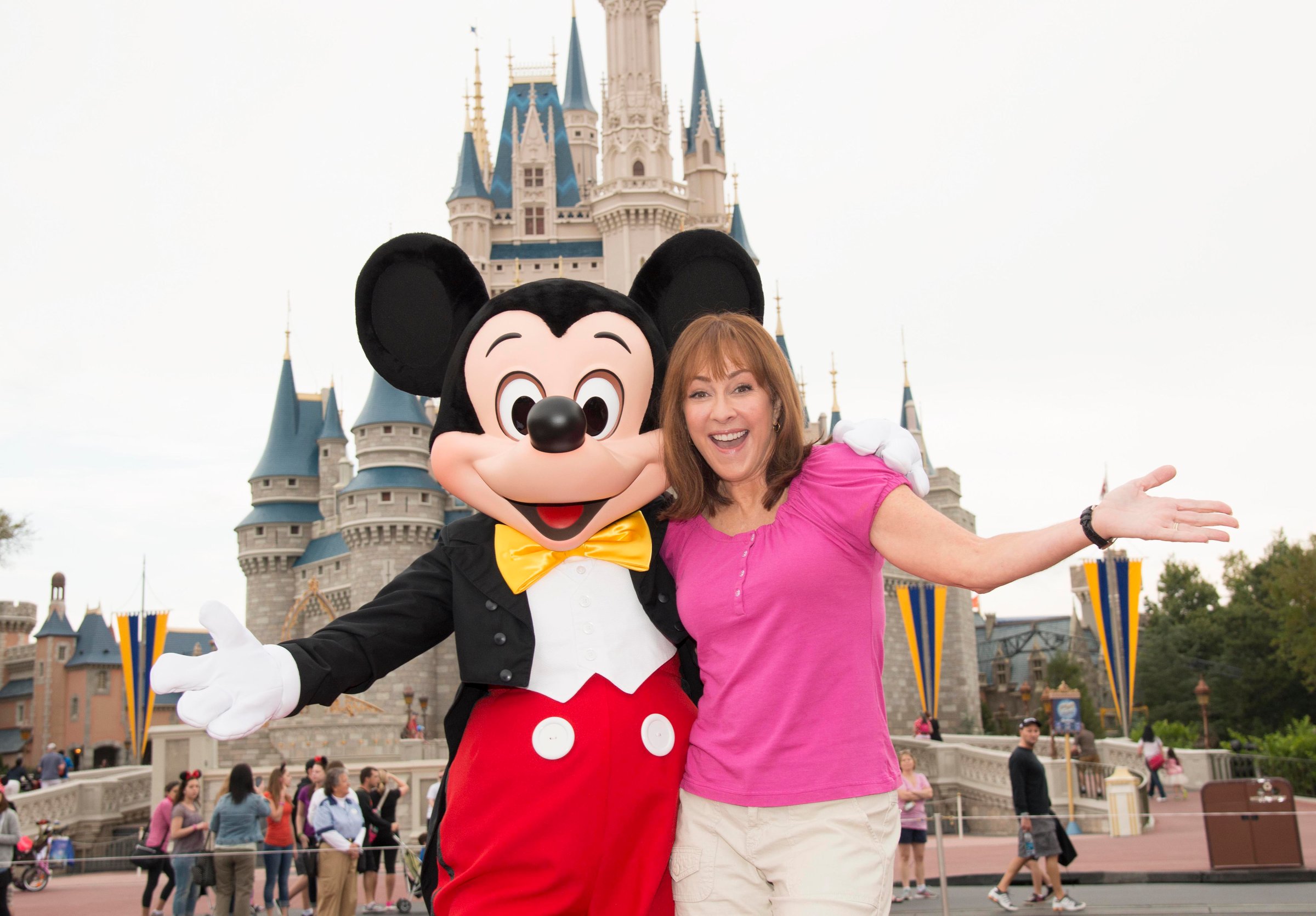
Disney added yet another trophy to its entertainment empire Monday with the purchase of YouTube network Maker Studios. The deal, which could be valued at as much as $950 million if Maker meets certain growth targets, isn’t as big as Disney’s $4 billion purchases of Lucasfilm and Marvel, but it could have huge strategic significance to the company’s long-term health.
Maker Studios partners with YouTube video creators on 55,000 different channels that cover a wide range of topics, from video games to sports to fashion. In exchange for providing technical, financial and promotional support, Maker collects a portion of the ad revenues for videos that are posted in its network. Details on the company’s financial performance are closely guarded, but it has grown considerably in the past year, from 2 billion YouTube views per month in late 2012 to 5.5 billion currently.
Now, Disney will have direct access to Maker’s viral stars and its 380 million YouTube subscribers. Here are five ways Disney may use Maker to boost its overall business:
Recruit New Talent
Much of Disney’s success is built on the backs of young stars like Miley Cyrus, Hilary Duff and Lindsay Lohan. But YouTube is becoming an increasingly viable training ground for creative people that eventually become TV stars. A YouTube series called Annoying Orange was developed into a TV show for Cartoon Network. The creators of a new Nickelodeon cartoon called Breadwinners got discovered through a short they posted on the video site. YouTube stars have even been consulted by President Obama as he tries to pitch his Affordable Care Act to young adults. Disney will now be able to easily comb the Maker roster for its next set of young celebrities and influencers. Many already have huge followings, like Felix Kjellberg, a twenty-something Swede whose PewDiePie video game channel leads YouTube in popularity with 25 million subscribers.
Plug Disney Products Online
If there’s anything Disney loves, it’s shoehorning promotions for its own products into every entertainment property possible. That’s why Good Morning America, which airs on the Disney subsidiary ABC, organized a nationwide singalong last month of “Let It Go,” from Disney’s latest hit film Frozen. It’s why Lindsay Lohan works at the Disney-owned ESPN in the company’s 2005 film Herbie: Fully Loaded. This strategy can now reach over to YouTube, where the company could try to spark viral interest around its movies and TV shows aimed at young audiences. Frozen has already been a huge hit online, with a variety of official and user-generated videos garnering 477 million views on YouTube, according to Tubefilter.
Broker Better Ad Deals
The reason Maker Studios appeals to YouTube creators in the first place is because the company is able to use the massive scale of its network to negotiate better ad deals with prominent companies. Disney could extend this scale by bundling YouTube ads with other types of ad units, such as television commercials. If Maker Studios grows large enough to control a significant portion of YouTube content, the company could also force Google to offer more favorable revenue-sharing terms. Currently YouTube keeps about 45 percent of all ad revenue on the site.
Wash Away Past Digital Failures
Though Disney dominates film and TV, the company has yet to find much success online. Disney bought social media gaming company Playdom for $563 million in 2010, right before casual gaming migrated en masse from Facebook to the iPhone. Just last month the company laid off 700 employees from its Interactive group, which manages Disney’s online games and consumer-facing websites. Maker is an opportunity for a clean slate: the YouTube network will operate independently of the struggling Disney Interactive.
Prepare for the Cord-Cutting Future
Subscribers to pay-TV decreased for the first time ever in 2013. That’s a worrisome sign for Disney, which owns more than a dozen broadcast and cable networks. YouTube, citing Nielsen, claims that it reaches more US adults between the ages of 18 and 34 than any cable network. It makes sense that Disney would establish itself on the quickly growing platform before some other company does. DreamWorks, for instance, snapped up a YouTube network of its own last year. “YouTube’s young-skewing content appeals to the same demographic as many of Disney’s concerns in movies and cable TV,” Anna Stuart, a TV programming analyst for IHS Screen Digest, said in an email. “The allegation that YouTube is taking away those audiences in a zero-sum game is hard to prove—however, this move shows that Disney is not taking any chances.”
More Must-Reads from TIME
- Inside Elon Musk’s War on Washington
- Meet the 2025 Women of the Year
- The Harsh Truth About Disability Inclusion
- Why Do More Young Adults Have Cancer?
- Colman Domingo Leads With Radical Love
- How to Get Better at Doing Things Alone
- Cecily Strong on Goober the Clown
- Column: The Rise of America’s Broligarchy
Contact us at letters@time.com